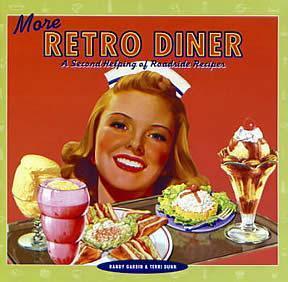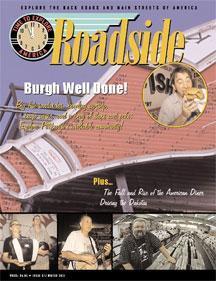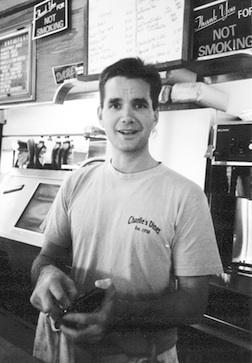Jenkintown Walkabout: Second Chances
GlensideLocal.com, August, 2019
The thrift store has a curious place in American retail. It appeals to markets that seeks either bargains or irony or sometimes both. Some thrift as a hobby while others do it out of necessity. The thrift stores themselves come in a number of varieties, catering either to retro fashionistas, collectors, or just plain bargain hunters, but they collectively represent a $17 billion subsegment of the retail industry.
The Second Chances Thrift Shop in Jenkintown raises money for the Women’s Center of Montgomery County, which provides services to victims of domestic violence. The store has operated in Jenkintown for nearly 20 years, but about two months ago, it took over the old Allegheny Art store at 318 Leedom Street and doubled its floor space.





